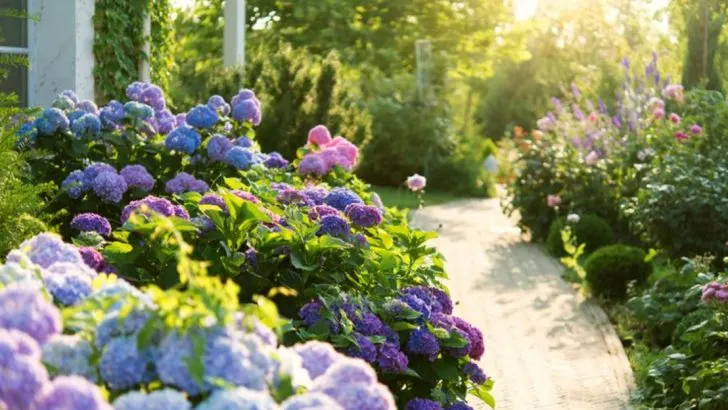Imagine a backyard exploding in pastel blooms! Lacecap hydrangeas can make that happen. These beauties dress up any garden with delicate, lacy flower clusters and big, colorful leaves. They turn yards into a festival of color and whimsy. It’s like having a pastel fireworks show in your backyard. Perfect for beginners, lacecap hydrangeas love a little sun, a bit of water, and a lot of admiration. Even if you’ve never grown flowers, these gentle giants will amaze you. Before you know it, your yard will burst into clouds of pinks, blues, and purples! No green thumb needed, just a dash of care. No fancy tricks here, just simple steps and eager curiosity. Give them sunshine and water, and the magic happens naturally. With a sprinkle of love, you can have show-stopping flowers every year. Ready to fall in love with gardening? Let’s make those lacecap hydrangeas the stars of your yard. Get ready for oohs and aahs from your neighbors!
Selecting the Right Spot

Choosing the perfect location for your lacecap hydrangeas is crucial. These plants thrive in areas where they receive morning sun and afternoon shade. Too much sun can cause wilting, while excessive shade may stunt their growth. Ensure the soil is well-drained to prevent root rot. Additionally, consider the surrounding plants; they should complement, not overpower, your hydrangeas. The right spot not only enhances their beauty but also promotes healthy blooms. Remember, location impacts bloom size and color, so choose wisely. With proper positioning, your hydrangeas will flourish gracefully.
Soil Preparation and Enhancement
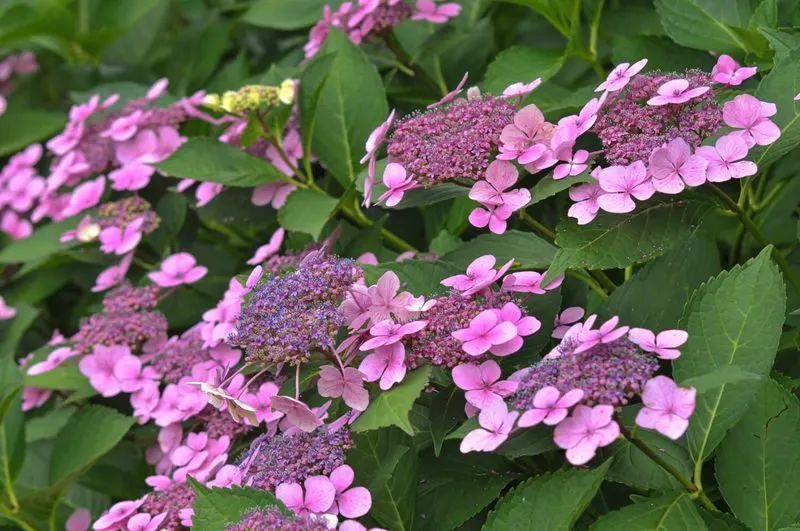
Healthy soil is the foundation of vibrant lacecap hydrangeas. Begin by testing the soil’s pH; they prefer slightly acidic soil, around 5.5 to 6.5. Enhance the soil with organic matter like compost or peat moss, which improves drainage and nutrient content. If needed, adjust the pH with garden lime or sulfur. Well-prepared soil ensures robust root development and abundant blooms. A well-balanced soil provides the nutrients necessary for continuous growth. Consistent care in soil preparation pays off, resulting in more vibrant and lush hydrangeas.
Watering with Precision
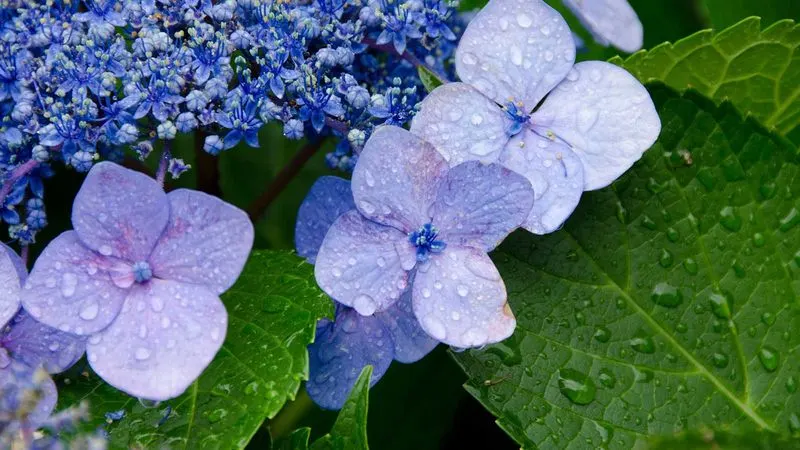
Watering lacecap hydrangeas requires attention to detail. They need consistently moist soil, especially during dry spells. Overwatering can lead to root rot, so balance is key. Water deeply but less frequently to encourage deep root growth. When watering, target the soil rather than the leaves to prevent fungal diseases. Consider using a soaker hose or drip irrigation for efficiency. Proper watering ensures your hydrangeas stay healthy and bloom beautifully. With the right approach, each plant will thrive, displaying vibrant colors and lush foliage.
Pruning for Perfection
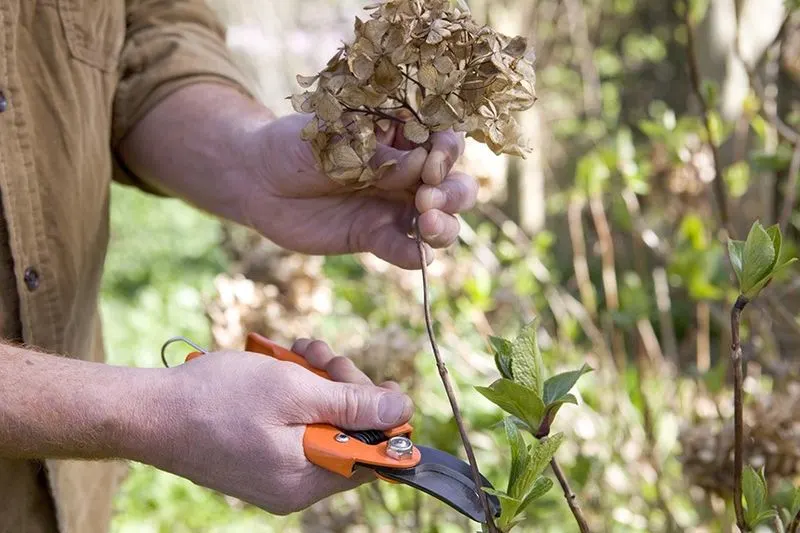
Pruning lacecap hydrangeas is an art form that enhances their beauty. The best time to prune is late winter or early spring, before new growth begins. Focus on removing dead or damaged wood, and shape the plant for aesthetic appeal. Proper pruning encourages more blooms and maintains the plant’s structure. Avoid cutting back too much, as this can reduce flowering. Pruning not only keeps your hydrangeas looking tidy but also promotes strong and healthy growth. A well-pruned plant rewards you with an impressive display of flowers.
Fertilizing for Flourishing Blooms
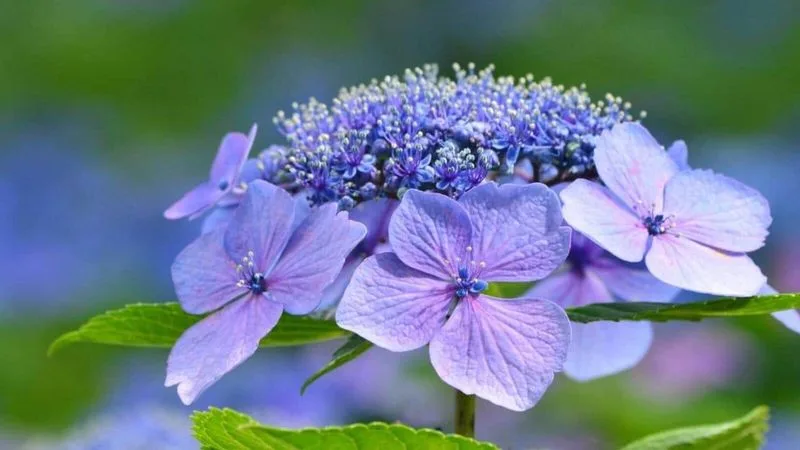
Fertilizing is essential for lush hydrangea blooms. Use a balanced, slow-release fertilizer in early spring, following the package instructions. This provides essential nutrients for growth and flower production. Avoid over-fertilizing, as it can lead to lush foliage but fewer blooms. Consider using organic options to enhance soil health. Regular feeding ensures your hydrangeas have the energy to produce stunning flowers. By choosing the right fertilizer and applying it correctly, you encourage abundant, colorful blooms that captivate every observer.
Protection from Pests and Diseases
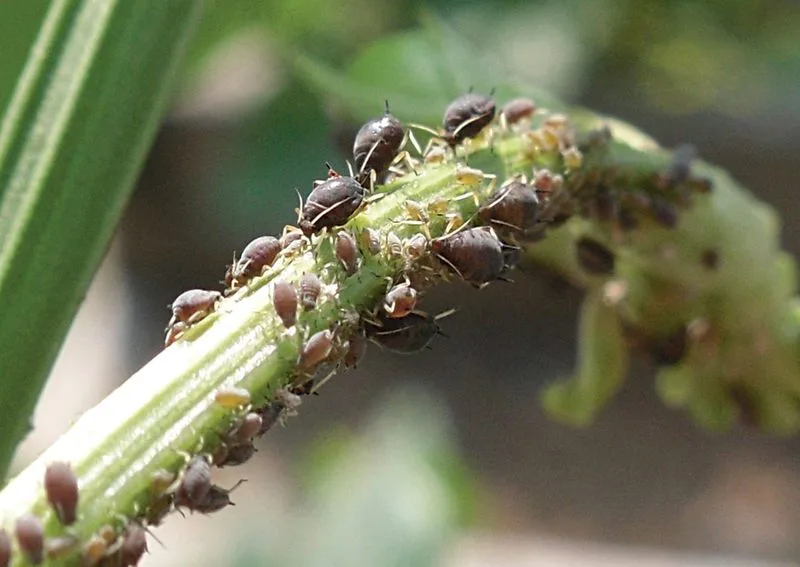
Protecting lacecap hydrangeas from pests and diseases is vital for their health. Common pests include aphids and spider mites, which can be managed with natural insecticidal soap. Regularly inspect the leaves for signs of trouble. Fungal diseases, like powdery mildew, can be prevented by ensuring good air circulation and avoiding overhead watering. Healthy plants are less susceptible, so maintain consistent care. Taking preventive measures ensures that your hydrangeas remain vibrant and disease-free, allowing them to bloom magnificently each season.
Winter Care and Protection
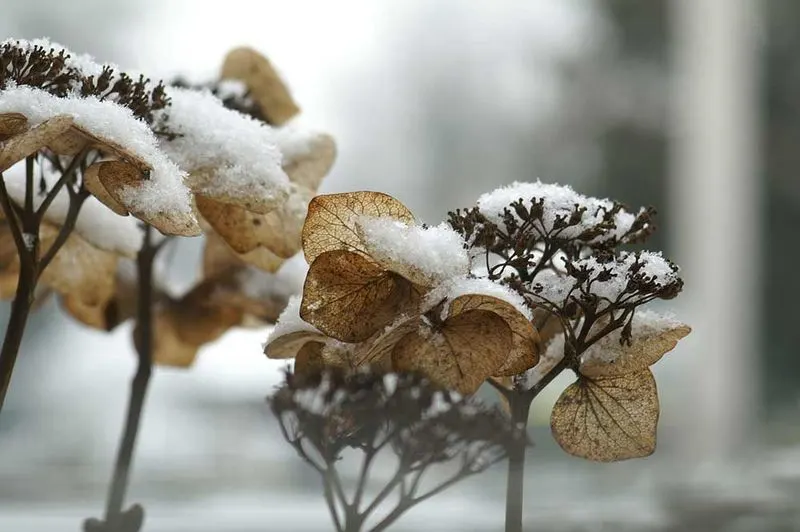
Winter care for lacecap hydrangeas is essential for their survival. Begin by applying a thick layer of mulch around the base to protect roots from freezing temperatures. Consider using burlap to shield the plant from harsh winds. Proper winter care ensures that your hydrangeas emerge in spring ready to bloom. In colder climates, additional protection like wrapping the stems might be necessary. By safeguarding against winter’s chill, you preserve the vitality of your plants. Each effort in winter care results in a thriving, blooming garden come springtime.

